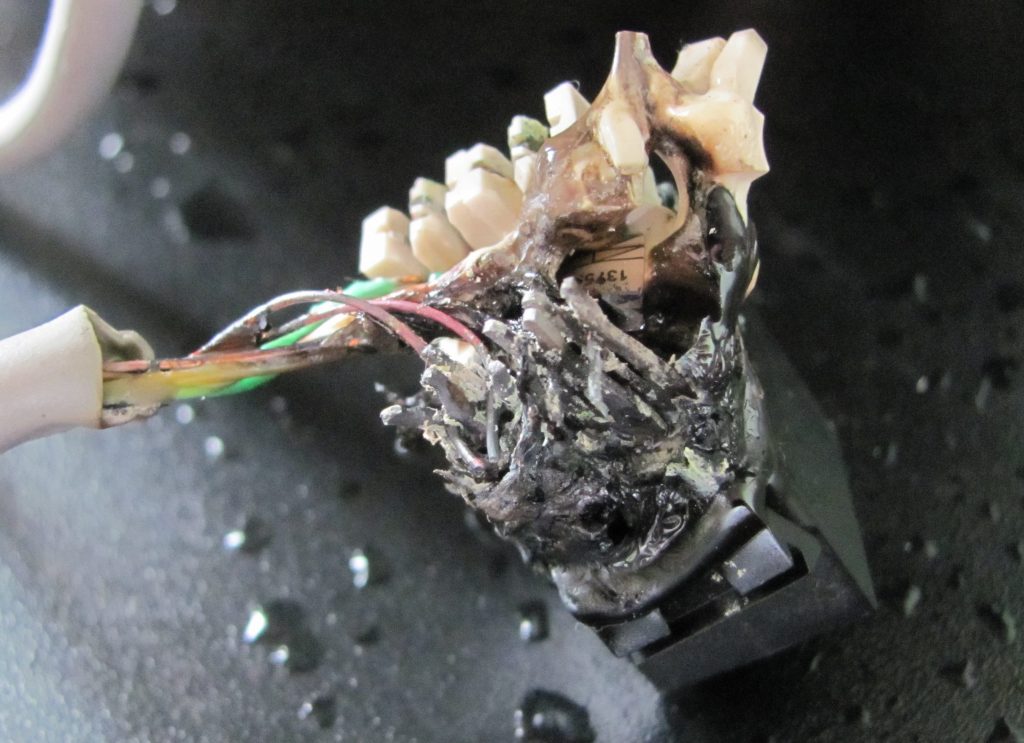Electrical Short Circuits
Nearly everything in our homes is powered by electricity, which is useful when used correctly. On the other hand, a short circuit is a harmful, dangerous, and terrifying event that happens when the electricity goes awry. Planning and maintaining healthy regard for electricity can help prevent and handle short circuits.
Definition of an Electrical Short Circuit?
A short circuit is an aberrant state in an electrical circuit in which electricity goes along an unplanned, more temporary channel rather than following the course. Copper is utilized for electrical cables because metal transmits electricity so effectively, whereas materials such as wood or fiber would be ineffective for wiring since they resist electricity.
What are the different types of electrical short circuits?
Electrical short circuits can be of two types:
· Standard short circuit
A hot wire carrying current meets a neutral wire, resulting in a short circuit. When this occurs, the resistance immediately decreases, and a significant amount of current flows unexpectedly in that direction.
· Short circuit due to ground fault
A short ground fault circuit results when a hot wire’s current comes into contact with a grounded system. Grounding can be accomplished with a metal wall box, bare ground wire, or an appliance component.
Ground Fault vs. Short Circuit
Electrical shorts are described by the terms short circuit and ground fault. In electrical terms, a short course refers to the situation where hot and neutral wires are simultaneously in contact. “Ground faults,” on the other hand, occur when hot cables come in contact with grounded electrical equipment, such as an electrical receiver or an appliance.
How Dangerous Are Short Circuits?
The current passes through the human body when it is used as the path of least resistance. Because it can result in electrical shock, electrocution, or flames, a short circuit is dangerous. During a short course, more power is required, which results in electrical arcs and extremely high temperatures that can melt polymers or ignite flammable materials like wood or cloth.
Read More: What Are the Main Types Of Push Button Switch? All You Need To Know About Push Button Switch
How to prevent houses from electrical short circuits?
- Most homes built in the previous 60 years are equipped with circuit breakers, which are your first line of defense against fires caused by short circuits. When an excessive amount of electricity flows through your wire, the breaker detects and stops its power before it causes a fire.
- The second line of defense consists of ground fault circuit interrupters or GFCIs. These can be installed in the circuit breaker or in the outlet itself. Ground fault circuit interrupters, or GFCIs, detect ground fault circuit faults and shut the power when detected.
The “test” and “reset” buttons on GFCI outlets are identifiable. If the outlet has to be reset regularly, it might be a symptom of an electrical issue or a malfunctioning GFCI outlet. To get the problem diagnosed, contact an electrician.
- Finally, arc fault circuit interrupters (AFCIs) are used. When electricity is used to bridge small air gaps or detect electrical arcing, these sensors are used. Arc faults can indicate the onset of a short circuit, and arcing can result in fires. Because AFCIs have only been mandated in new construction since 1999, many homes lack them.
- It’s vital to remember that these protective systems are not impervious to failure, and it’s essential to have them inspected as they get older. Every 3-5 years have your electrical system evaluated by a certified electrician to ensure that these necessary precautions are functioning correctly.
How do we determine Electrical short circuits in homes?
When your electrical system has a short, it’s typically quite visible. Occasionally, your circuit breaker or fuse may trip or explode. You will often hear a loud popping sound when these things occur. It is common for a loud popping sound to be heard when these things happen. If these incidents persist over time, you should have your system checked as quickly as possible by an electrician.
There is insufficient power running through the cable if there is no beep. Check your multimeter’s screen for at least. Three ohms if a beep does appear. If the figure is lower, you most likely have a short.
The Best Way to Handle a Short Circuit
You can check some things on your own, even though it’s best to leave it to the professionals. For instance, you may have a wiring issue somewhere along the circuit or in an item linked to it if a circuit breaker frequently trips right after reset. Examine each power cable plugged into an outlet along the course that tripped. Unplug the device and then turn the circuit breaker back on if you see any damage or it appears that the plastic insulation has broken down. You can be sure the appliance was the issue if the circuit is still alive.
A qualified electrician should generally be called to fix a circuit wiring issue. The circuit must be turned off, outlet and switch boxes must be opened to examine the connections and wires, and any necessary repairs must be made. The electrical panel in your house can also require adjustments. The majority of do-it-yourselfers should avoid this project!
Short Circuit Symptoms
Previous Short Circuits
A short circuit frequently does not manifest itself until it occurs. Minimal risk exists that a previous short course will indicate a warning. Possibly the light switch is faulty or a burnt cable. A metallic smell may be present when there is a short circuit. In addition, you may smell burning rubber or plastic.
Short Circuits ongoing
Usually, a short circuit causes the circuit breaker to trip. Sparks and a brilliant glow are sometimes visible. The device that is powered by electricity stops operating. The GFCI outlet will trip. Contact the device, or your body could become shorted within this short circuit, and you may suffer an electrical shock and burns from the tremendous heat.

